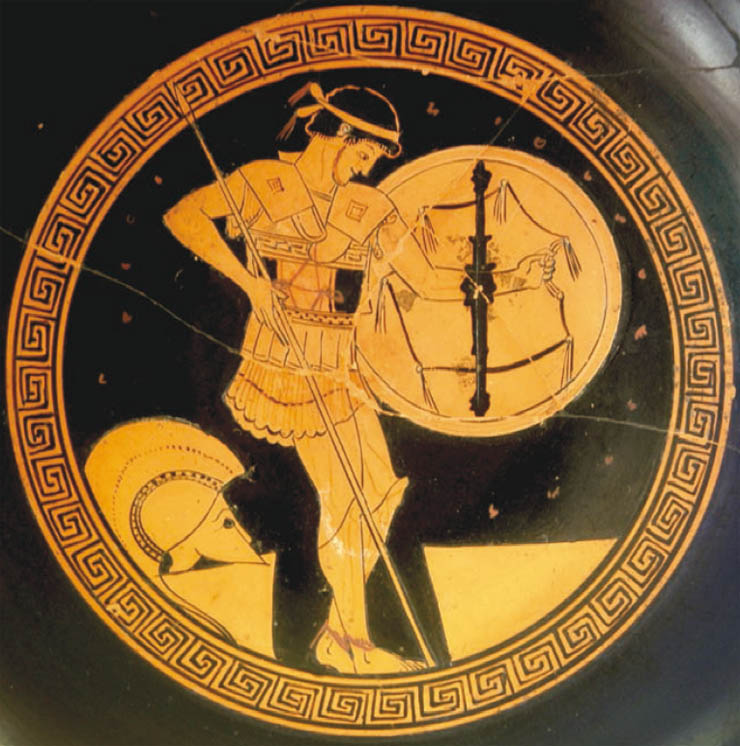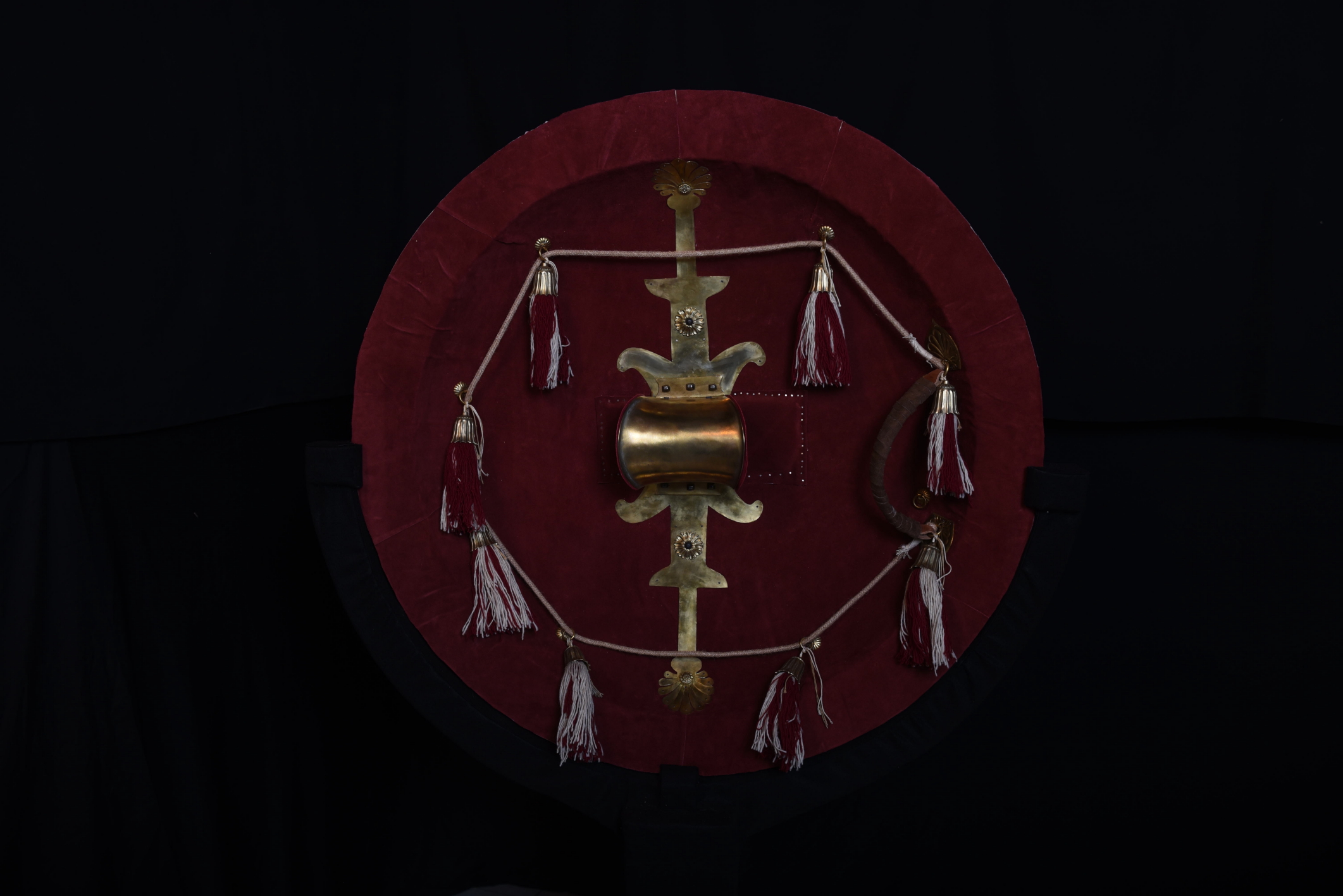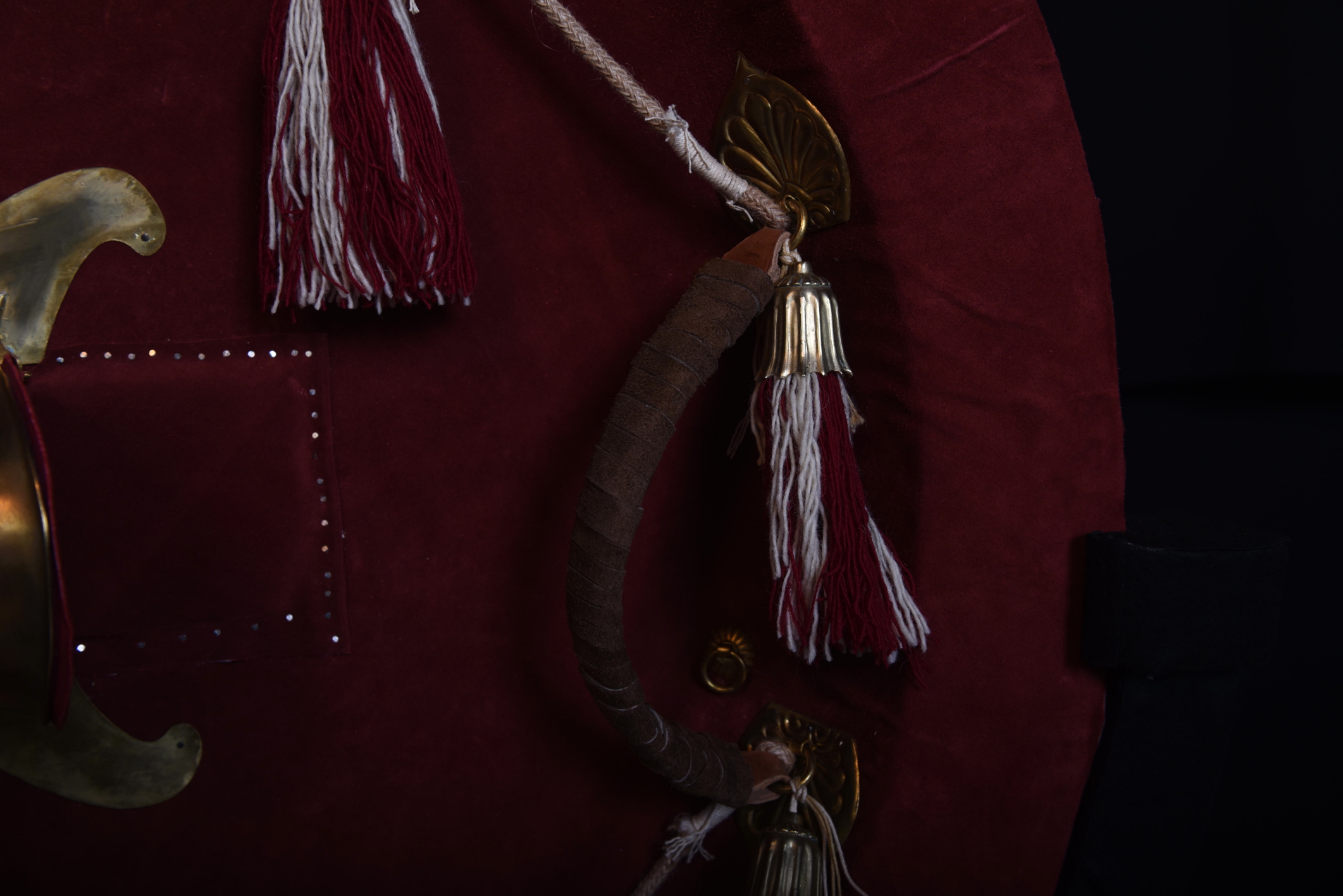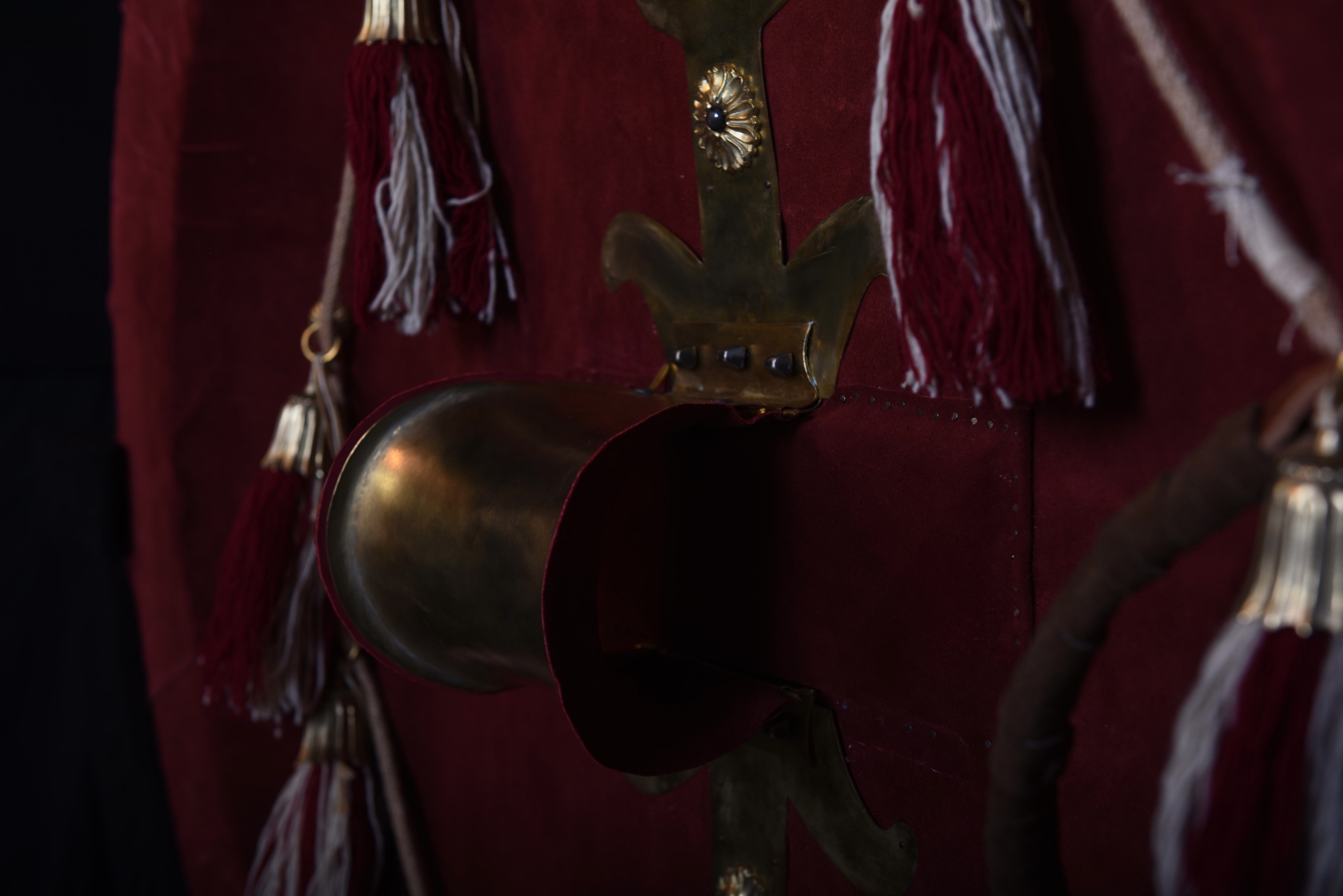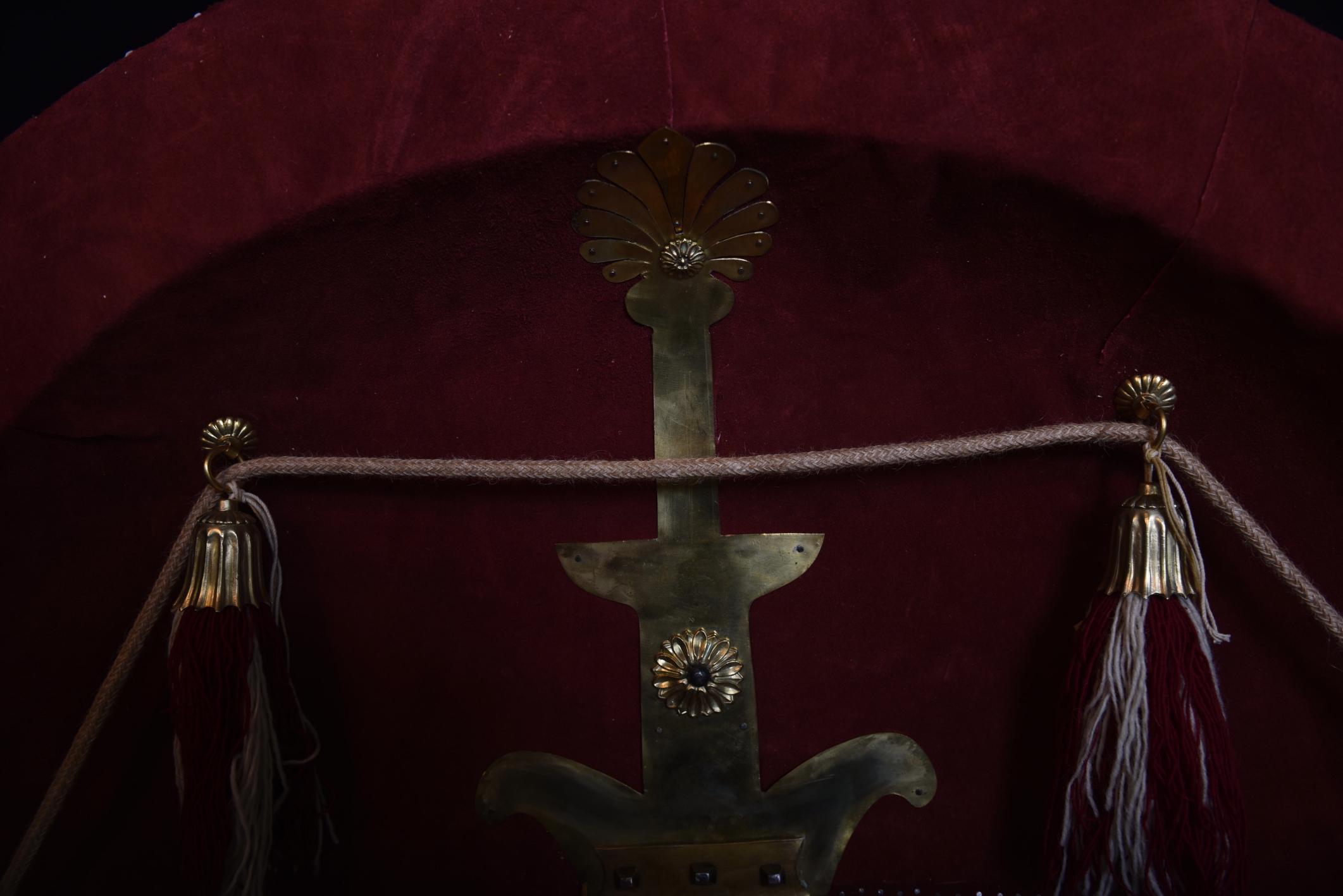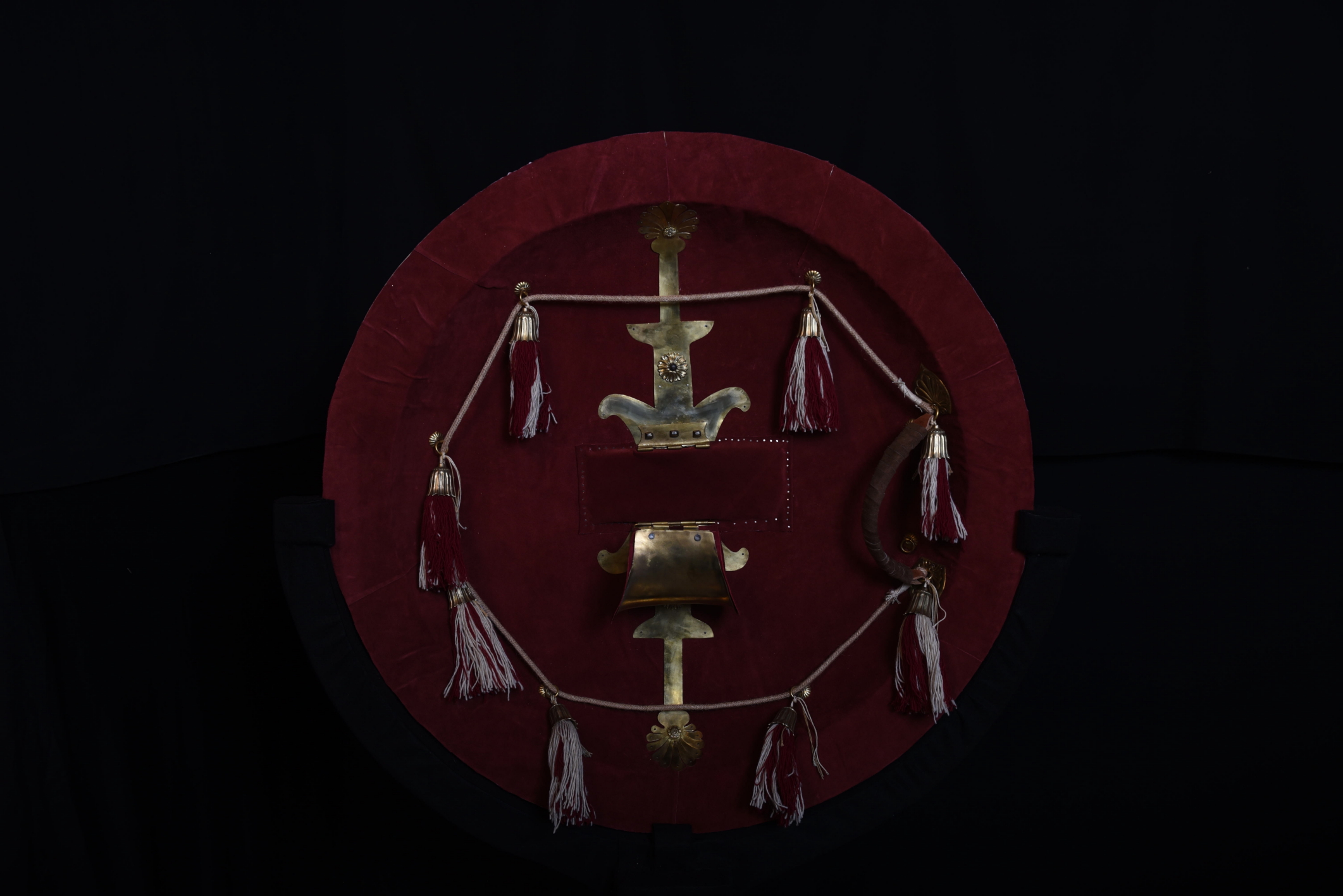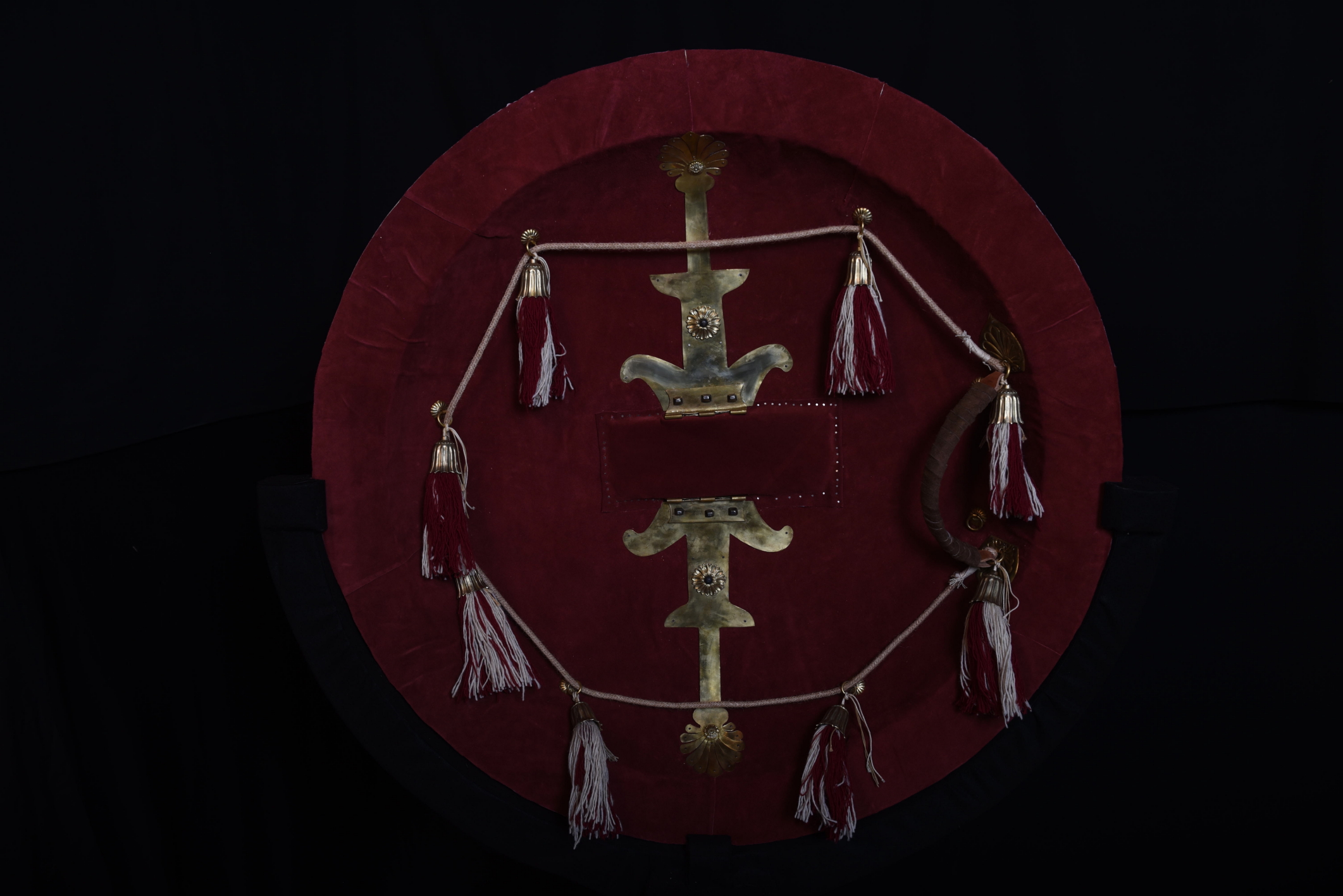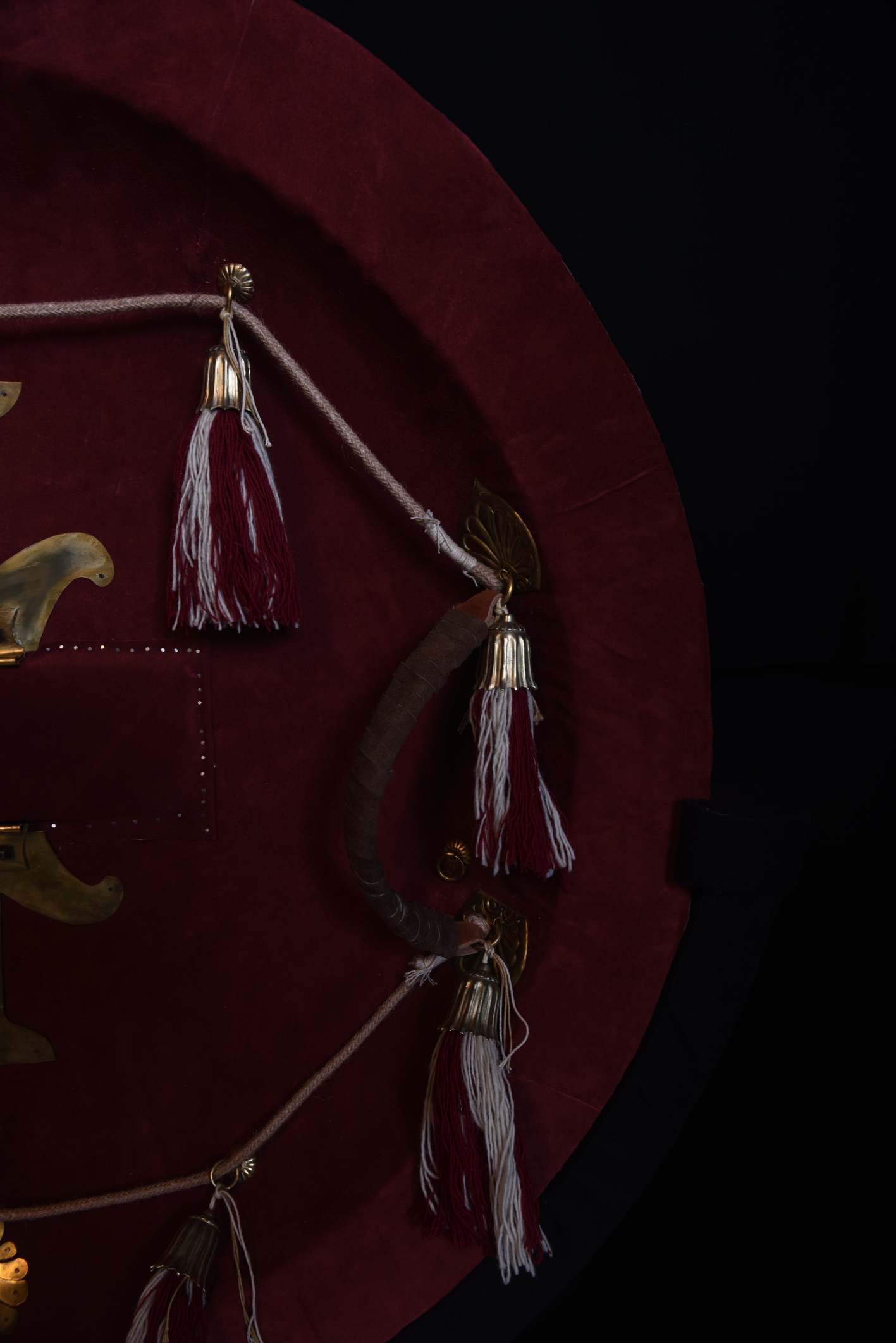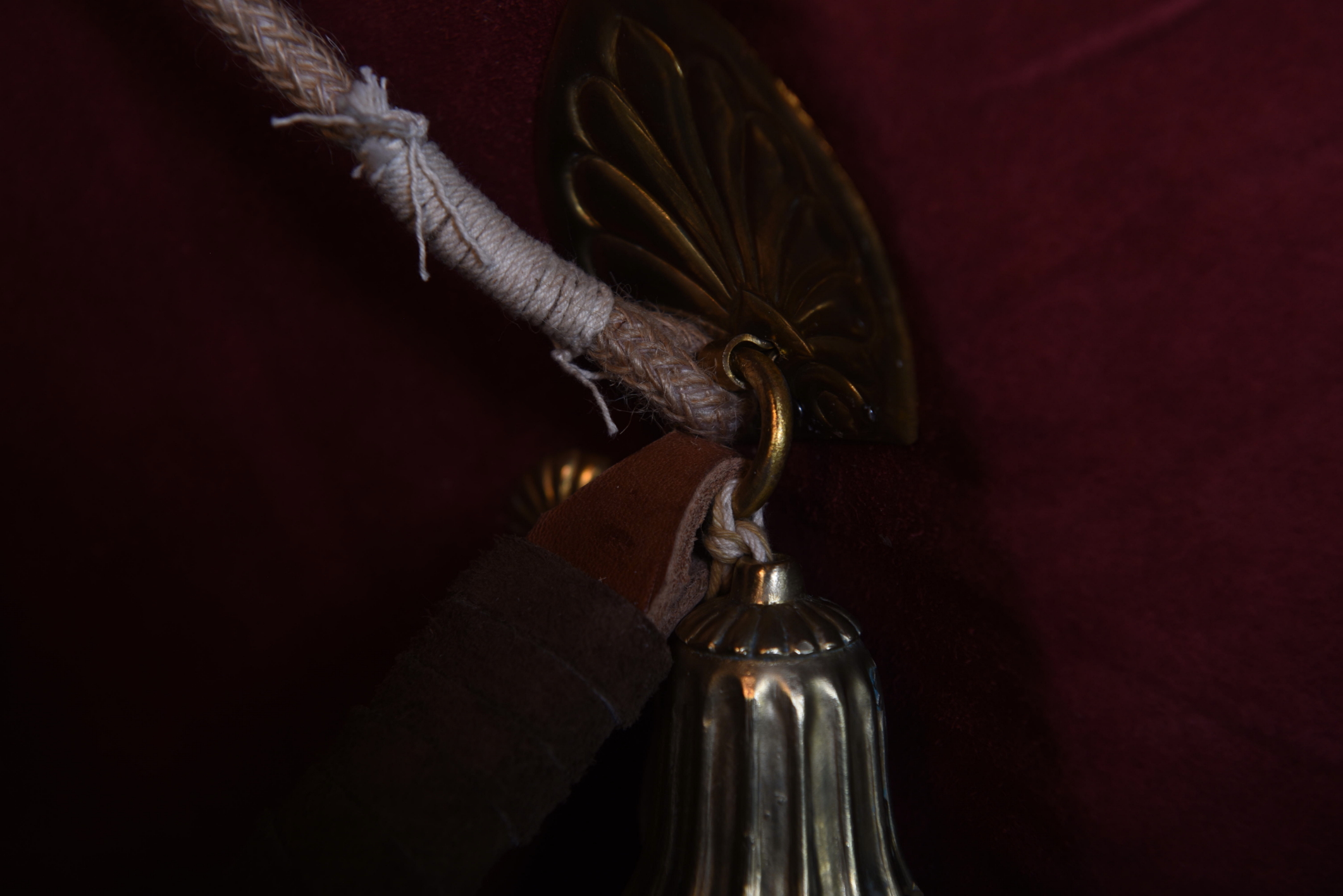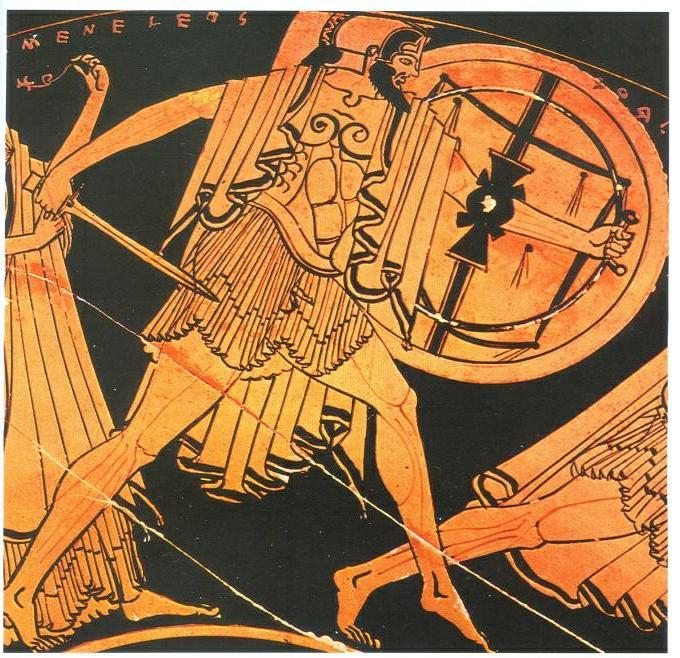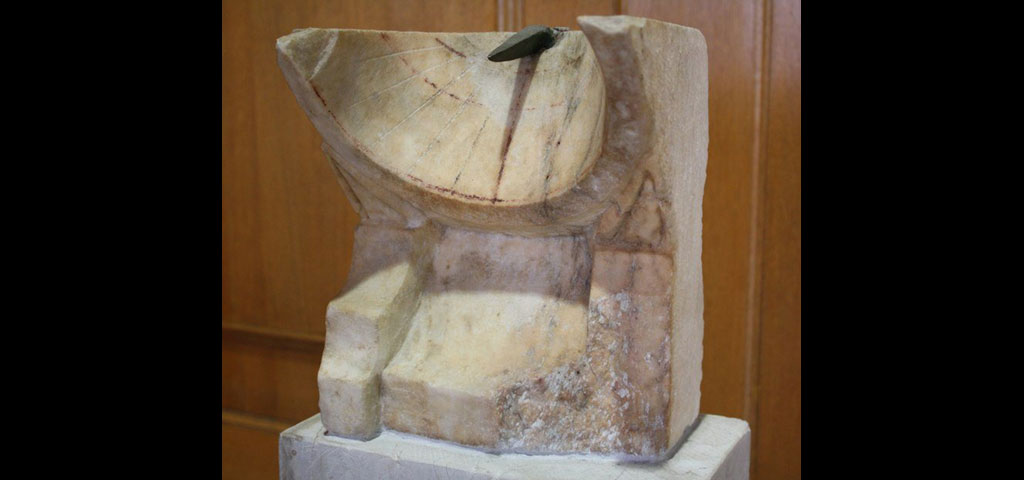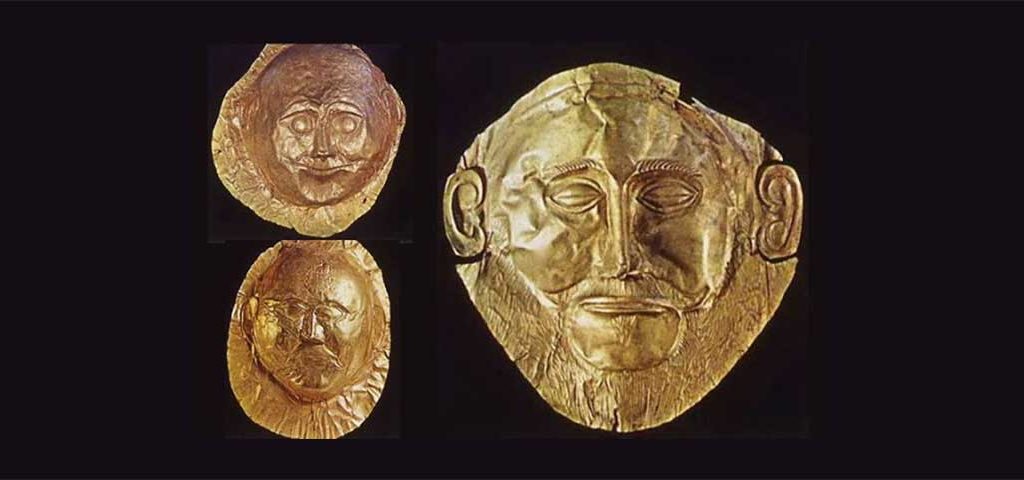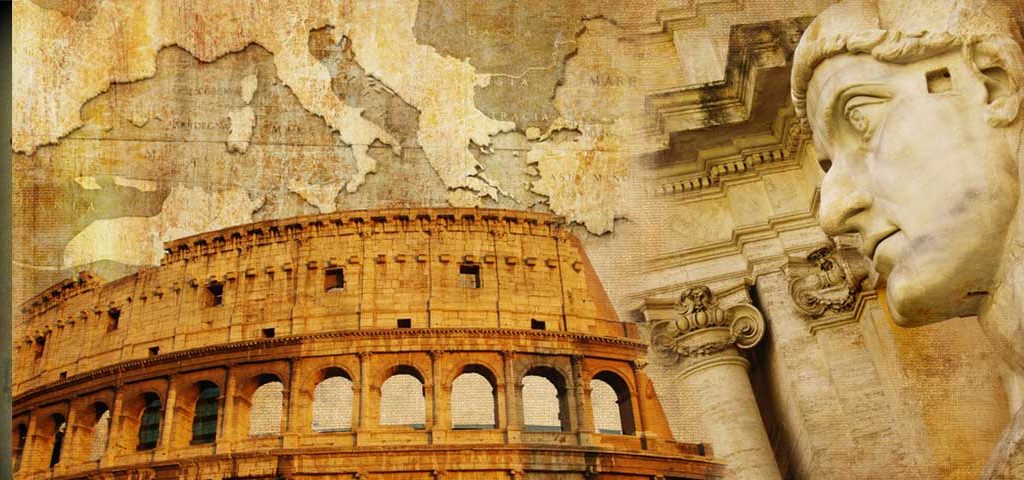Ancient Greek Armors
Ancient Greek Hoplite shield/Aspis
8th-4th century BC
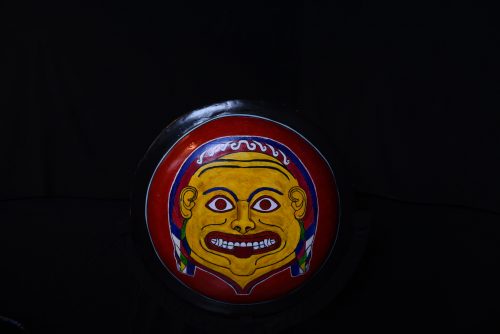
Hoplite round “Aspis” (Ασπίς) became an integral part of the Ancient Greek warfare during the City state period (8th -4th century BC).It appears in numerous artistic depictions in Greek art (e.g vases, sculptures) and even entire specimens are being displayed at Archaeological Museums.Undoubtedly is being consisted the biggest and the most recognizable part of hoplite defensive gears. From structural approach its core was made of wooden planks taking the final shape after lathe processing, its average dimensions was around 90 cm and its average weight around 8-10 kg depended from the thickness of the wood, the weight of the bronze fittings etc. From functional approach its effectiveness was unparalleled, it was becoming a physical continuation of the left arm of the hoplite due to sophisticated grip mechanism of “porpax” (πόρπαξ or λαβή, forearm grip) and “antilave” (αντιλαβή-grip). The convex surface (bowl-like shape) and the rim around the perimeter became a diachronic structural elements during the Ancient Greek city state era.In some cases the bronze anatomical “porpax” was removable in order to not be used from others (functioning as a security “key”).Most commonly, the outer surface was painted with the “episemon” (επίσημον), an colorful emblem (as Medusa heads , mythical animals, geometric patterns etc) which symbolized the hoplite’s city , clan, personal preferences etc. In some cases the surface was covered with thin bronze sheet, plain or decorated(extra luxury version).
